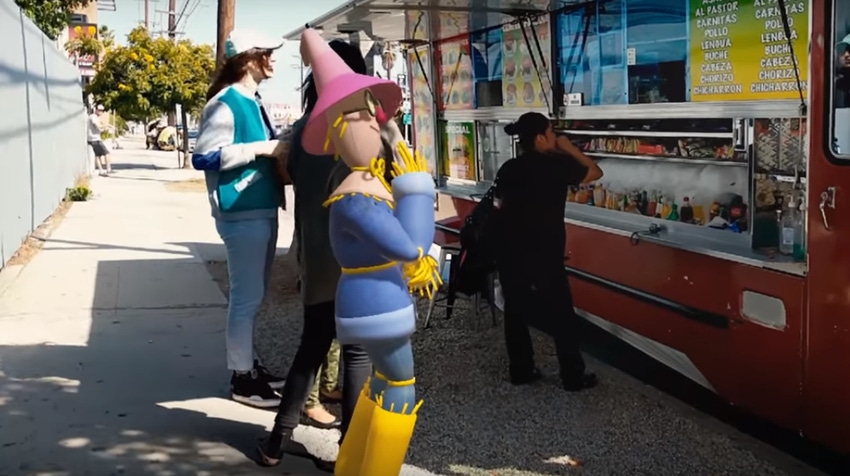Google has responded strongly to Apple's front-running approach to augmented reality with the launch of a new AR platform.
August 30, 2017

Google has responded strongly to Apple’s front-running approach to augmented reality with the launch of a new AR platform.
ARCore is the Android equivalent to the Apple ARKit; in short, a augmented reality platform for developers. It’s not the first time Google has had a crack at the AR world, the Tango AR platform has been around for a while, but this one is built for the masses.
Right now it has been released as a preview, but before too long you’ll be able to see the wonders of AR on some more mediocre smartphones. This was the issue with previous attempts from Google in the AR world; it was too demanding. The hardware and software requirements meant there were few who could experience the wonders, but with ARCore, the team is targeting 100 million devices by the end of the preview.
Right now, ARCore works with the Pixel and Samsung’s S8, assuming the devices are running on the Nougat operating system, but this will be expanded before too long. The team has stated it is working with the likes of Samsung, Huawei, LG and ASUS to bring the AR experience to more devices. It won’t be too long before this begins to scale quickly.
Augmented reality on the whole has often been viewed as a poor man’s virtual reality, and being completely honest, that is probably a true assessment of the situation. The technology is still complicated, but it doesn’t offer the same immersive experience. It also doesn’t have the ridiculous data requirements VR does, or for the user to spend hundreds of pounds on hardware. It might be a poor man’s VR, but accessibility is a much more promising trait than the bells and whistle. AR wins out here.
Just looking at the video below, you can start to see where the AR craze might begin to catch-on. It’s fun, practical and creative.
In terms of the specifics for ARCore, the team has chosen to focus on three areas; motion tracking, environmental understanding and light estimation.
Firstly, motion tracking. The phone will identify non-movable objects in the room and fix the virtual objects to those points. Even if you move the phone around the virtual object it will remain stationary, and in proportion to the other objects in the room. The same can be said for environmental understanding. The virtual object will recognise it is on a table and stay put if the camera or table moves.
Finally, the light estimation one is an interesting one. This has been a tricky idea with the development of AR and has resulted in virtual objects seeming imposed on the environment like a sticker, as opposed to one that is built into it. Google says ARCore observes the ambient light in the environment, to allow developers to light virtual objects in ways that match their surroundings. It might seem like a small feature, but the little things which trick our minds are the ones which are likely to fuel AR acceptance in the general public.
The next step will be Visual Positioning Service. This is an idea which will take AR away from your table and into the wider world. The experience will be limited for the moment, but it might not be long until AR is on our streets.
The video above shows what is possible with AR, and the mind does start to wonder how this will evolve the app economy. If Pokémon Go can create such a euphoria, imagine what can be done now. Pokémon Go was billed as AR but it wasn’t anywhere near. It essentially imposed stickers on the real world. This is not AR, there was no interaction with the environment. But such developments could open up the app world.
How about this for an idea; streets without street signs. Imagine walking around central London and all the street signs were taken down, all the road marking taken off the street and billboards left blank. You could use your smartphone to find the street name, directions could be laid out on the pavement and billboards could be configured to your specific advertising preferences. It’s one step towards Minority Report, but it’s a fun idea.
Or how about a horror experience where you have to navigate through a forest or abandoned house with your smartphone. There could be some serious nightmares hiding around the corner.
About the Author(s)
You May Also Like








.png?width=300&auto=webp&quality=80&disable=upscale)


_1.jpg?width=300&auto=webp&quality=80&disable=upscale)


.png?width=800&auto=webp&quality=80&disable=upscale)